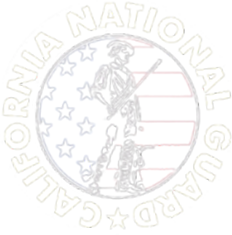When we survey our existing customer base, as well as new prospective customers, a consistent maintenance workflow that is mentioned time and time again is Inspections.
In a typical manufacturing plant, a wide range of components and systems must be inspected regularly to ensure smooth operation, prevent breakdowns, and maintain a safe working environment. Just about everything needs to be inspected. Machinery and Equipment are inspected for wear, damage, or misalignment. Conveyor belts, gears, bearings, other mechanical components, electrical systems, and connections are regularly checked for issues. Safety Systems such as emergency stops, lockouts, and guards need inspection, as does signage to ensure visible warnings are present. Fire suppression systems, sprinklers, extinguishers, and other safety equipment must be regularly inspected for obvious reasons. Utilities and Infrastructure, including water, air, gas, and electricity, must be inspected for leaks, pressure irregularities, and proper functioning of valves, meters, and other components. Material Handling Systems, including forklifts, cranes, hoists, and other lifting mechanisms, must be inspected to ensure proper function and safety features are in good working order. Piping and Plumbing are inspected for leaks, corrosion, or blockages. Valves, pumps, and other fluid-handling components should all be on the inspection route.
Environmental Controls, such as HVAC systems. Quality Control and Testing Equipment, Storage and Warehousing, Waste Management Systems, Building and Structural Elements… I could go on to list every item and system in the company. Almost everything could and should be inspected regularly.
Keeping track of the condition of this multitude of things is next to impossible without a Computerized Maintenance Management System (CMMS). Finding a CMMS that has a robust Inspections Workflow is critical. Web Work Azzier has always had a comprehensive inspection workflow in our ‘Route Readings’ module. Version 8.0 takes this to a whole new level with enhanced workflows and the addition of a mobile application that genuinely empowers your inspectors.
In Azzier CMMS, we first establish inspection routes, which offers several advantages. A system with established routes provides an organized approach to inspections. Maintenance teams can follow a predefined path, ensuring that all critical areas are thoroughly examined without overlooking any components. This provides consistency and maintains a standard level of scrutiny across different areas, ensuring that inspections are conducted at regular predetermined intervals with comprehensive coverage and a more thorough evaluation of the facility.
When implementing Azzier’s Inspection Routes, the benefits our customers can expect to see include:
Efficiency: Establishing routes streamlines the inspection process, making it more time-efficient. Following a predefined schedule will minimize downtime and disruption to production activities.
Prioritization: Routes can be designed to prioritize critical or high-risk areas. Allowing teams to focus their efforts on the most important components.
Resource Optimization: Inspection routes help optimize the allocation of resources, including manpower and tools. By planning routes strategically, organizations can ensure that inspections are conducted in a logical sequence, minimizing unnecessary movement and reducing the time and effort required.
Data Collection and Analysis: Following established routes facilitates consistent data collection. This data can be analyzed to identify trends, patterns, and areas requiring special attention or additional resources. The data can then feed predictive maintenance models, further enhancing a company’s proactive approach to ensuring there are no unplanned outages.
For industries with regulatory requirements, established routes ensure that inspections are conducted in accordance with compliance standards. This also helps organizations avoid potential legal and safety issues.
Having established routes makes it easier to document inspection findings and generate reports. This documentation is valuable for tracking maintenance history, demonstrating compliance, and making informed decisions about future maintenance activities.
Established routes simplifies training new team members. New employees can quickly familiarize themselves with the inspection routes, ensuring that inspections are consistently carried out by experienced and novice team members alike.
Web Work Azzier 8.0 is the latest version in a long evolution of best-of-breed CMMS. Web Work was the world’s first web-based CMMS and continues to lead the market with innovative, practical workflows. The modular architecture facilitates cross-module workflows that multiply your efficiencies. In Azzier CMMS, Inspection Routes, Preventative Maintenance, Predictive Maintenance, Work Orders and Email Notification all come together to create a foolproof inspection workflow that will ensure nothing goes unnoticed and your facility continues to run at full capacity.
Try out Azzier 8.0; if it works for your company, convert your trial to a production site directly and easily through our website.






















































